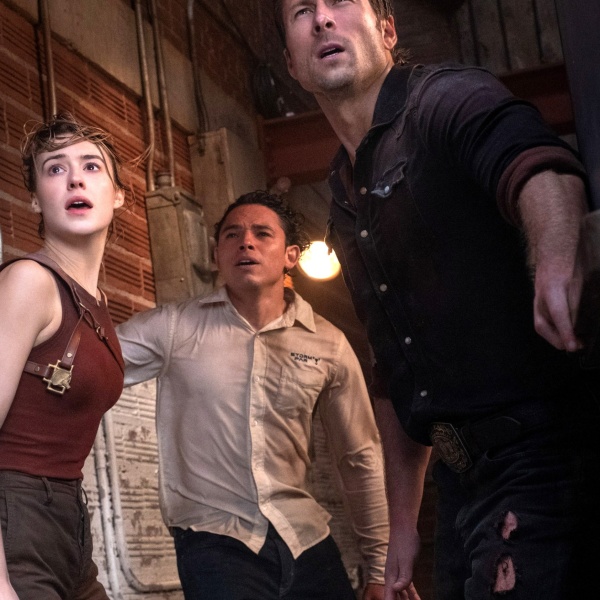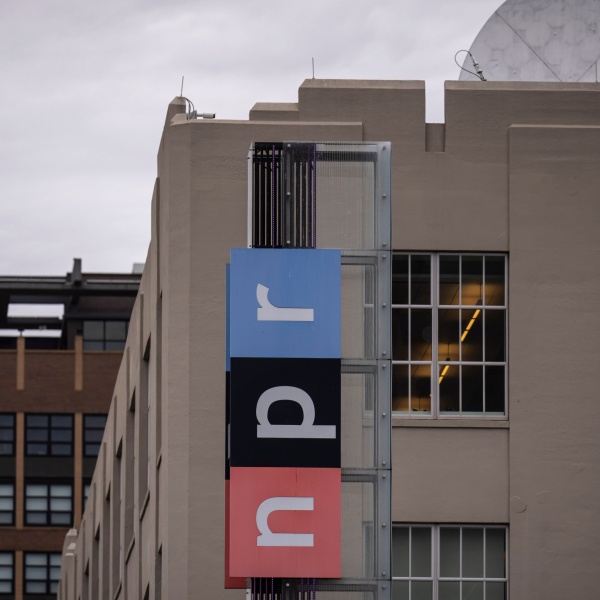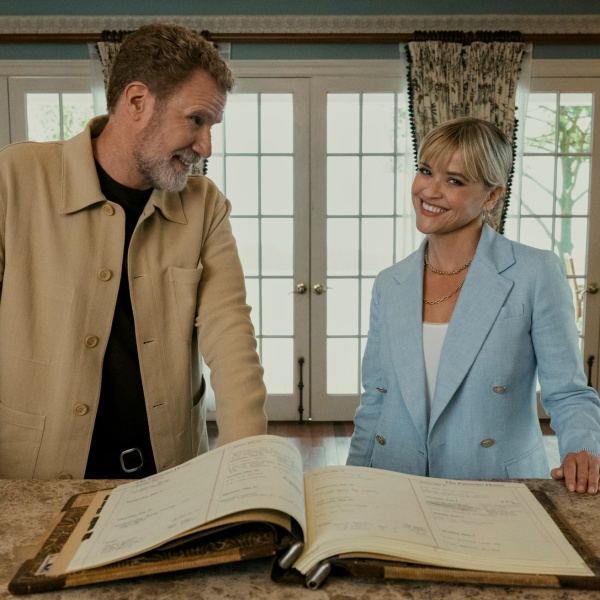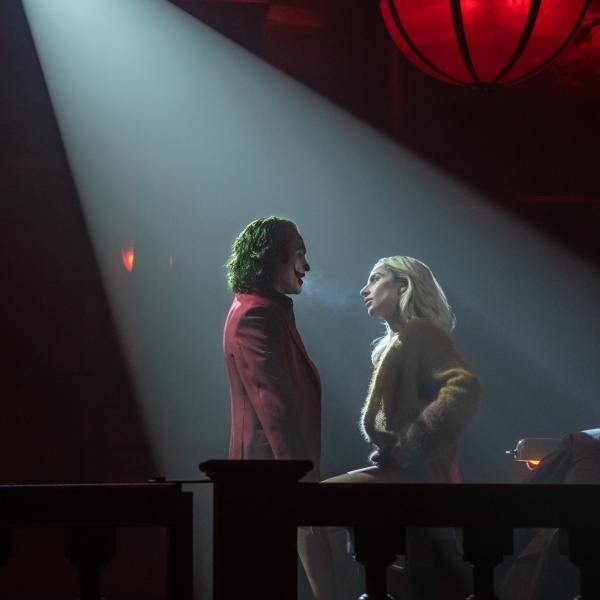
Brightly colored, heartwarming, and making expansive narrative sweeps with an incredibly limited running time, it’s the kind of bold, splashily produced film that has rarely graced multiplex screens this summer. But its biggest accomplishment might be that it reunites us with old friends (some of them more familiar than others); the cinematic equivalent of a warm, cathartic (but never saccharine or overtly sentimental) hug.
And then “Cars 2” starts.
Because the aforementioned description fits “Hawaiian Vacation,” the “Toy Story” themed short film that precedes “Cars 2.” In the short, Barbie and Ken think they’re going away with Bonnie on a tropical vacation, but instead are left behind, so the rest of the toys (including the newer members of the troupe introduced in “Toy Story 3” like Timothy Dalton‘s classically trained hedgehog thespian) put on a show to make them feel like they actually went on their trip. It’s cute and short and funny as hell. “Cars 2,” on the other hand, feels like a colossal failure, in part because even the tiniest misstep in the pearly Pixar oeuvre would stick out like a sore thumb (or a flat tire) but more often because it just doesn’t work very well.
The movie opens with a classic spy movie set-up – a British secret agent named Finn McMissile (Michael Caine, as a silvery Aston Martin) intervenes in a secret mission on an oil platform, foiling some kind of nefarious powwow that seems muddily convoluted even after the movie’s concluded. 
McMissile escapes, and for a few minutes at least you go along with the movie’s espionage vibe, mostly because everything looks so amazing (even in the dimmer 3D version) and it’s hard not to resist something backed by a rousing Michael Giacchino score (love the surf guitar!). But then you realize, once the next scene begins and we’re thrust back into the dusty world of Radiator Springs (the Route 66 town established in the first movie) and the buddy comedy antics of race car Lightning McQueen (Owen Wilson) and tow truck Mater (Larry the Cable Guy), just how schizophrenic the movie will feel if it toggles between the two set-ups.
Once the main thrust of the story starts, with an energy magnate car named Miles Axelrod (Eddie Izzard, doing the chromed-out, four-wheeled version of Richard Branson) staging an international road rally that, of course, McQueen enters — despite the lessons he learned from the first movie about slowing down and taking time to enjoy the simpler pleasures of life — and like movies with a cohesive narrative, things become even more disjointed. Mater is mistaken by another sleek British operative Holly Shiftwell (Emily Mortimer) to be an American spy, and thus an incredibly elaborate mistaken identity/spy plot is motorized alongside the far less engaging races (which have McQueen facing off against a cocky Italian Formula 1 car played, with acknowledgeable flair, by John Turturro), to diminishing results.
First and foremost, the issue of why a spy movie was grafted onto a tale of anthropomorphic cars should be addressed. Why was this a good idea? Not only does it make very little sense, even in the highly fantastical “Cars“-universe and, again, go against the grain of the decidedly mellower original film, but it’s just not a good fit. Not only does it turn one of the most simple, visually engaging Pixar movies upside down by turning it into an unendingly talky and visually dense (to the point of near incomprehension) affair, but it also splits the narrative to the point that Lightning McQueen, by all indications our hero for both movies, is sidelined to the point of barely appearing, only occasionally popping up to either act like a dick or make a bad “you the bomb” pun (yes, it’s true).
One of the things you could say, steadfastly, about the Pixar run, is that there isn’t an ounce of fat on any of the movies. Their mantra has always been an emphasis on story over everything else, which makes it so weird to see all of these clumsy, ill-fitting sequences, one after another, all pressed up against each other without any real significance when it comes to either narrative or thematic content. An early example of this is a scene when Lighting McQueen brings Mater over to show him that the Piston Cup has been named after Doc Hudson, who Paul Newman played in the first film. There are some longing glances at black-and-white photos of the old car, and it’s almost painfully awkward and unnecessary. A little kid sitting in front of us piped up with “Is he dead?” To which we wanted to reply: “Yeah, they didn’t make that very clear, did they?”
And general confusion is the main sensation that will set in before “Cars 2” is over. The visuals, pushing a sometimes beautiful, sometimes overwhelming multi-culti global view that feels like an afternoon at EPCOT Center, are often blurred by the 3D and the plot, careening off into subplots and an extended conspiracy scenario that makes even less sense and, if one were to closely scrutinize it, would find some questionable political underpinnings, will make you want to throw your hands up in exasperation. The original film, which got the most so-so reviews in the studio’s history, now feels like an accomplishment: an unhurried, Miyazaki-influenced ode to the nostalgia of the American pastime of driving for the fuck of it. This new film feels like being trapped in rush hour traffic with an over-caffeinated child who is rattling off cool things that could be done with talking cars.
Why was “Cars 2” made? Well, for the money, of course. While the first film is one of Pixar’s underperformers when it comes to box office, it has made billions (with a capital bee) annually on merchandise and licensing and has become the centerpiece of a billion dollar (again, with a capital bee) expansion of Disney’s California Adventure theme park. In the years since the original film’s release, it’s become one of Disney’s most recognizable brands, with the sequel serving as an incredibly expensive commercial for bed sheets, Crocs, and matchbox toys. At one point, Mater actually sings the State Farm insurance jingle (yes, they’re one of the movie’s multitude of promotional partners) and that’s when the ungainly muddle of a movie really, truly became clear. [C-]






